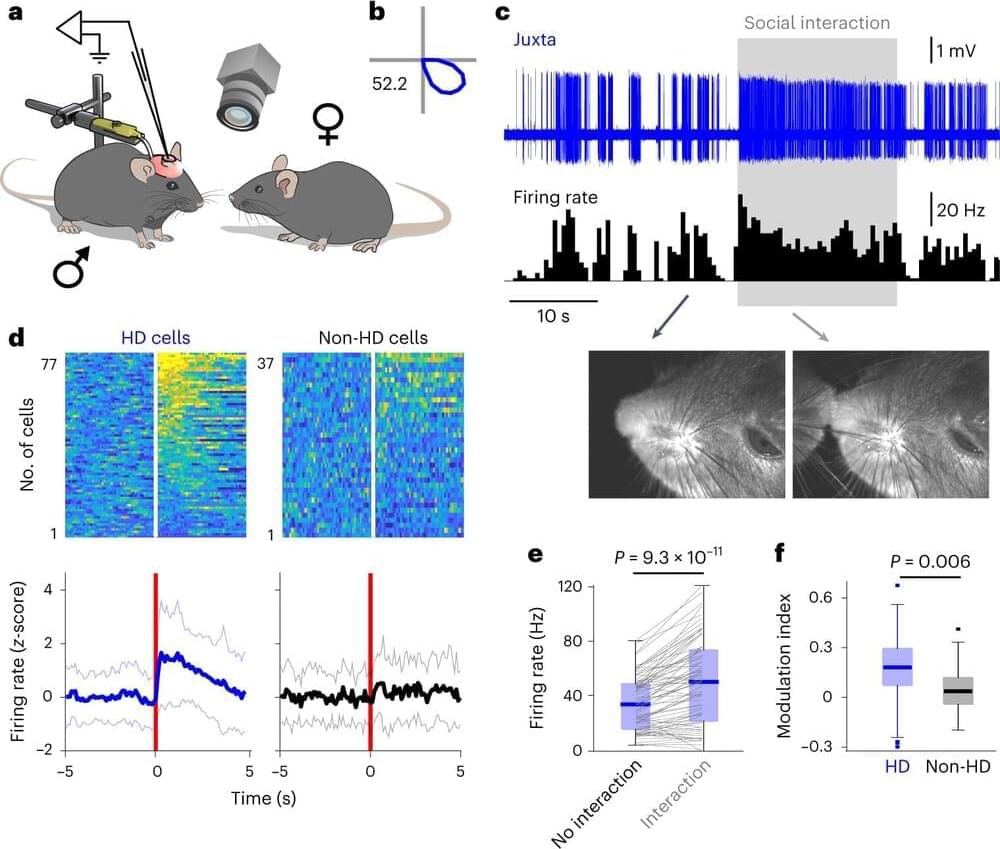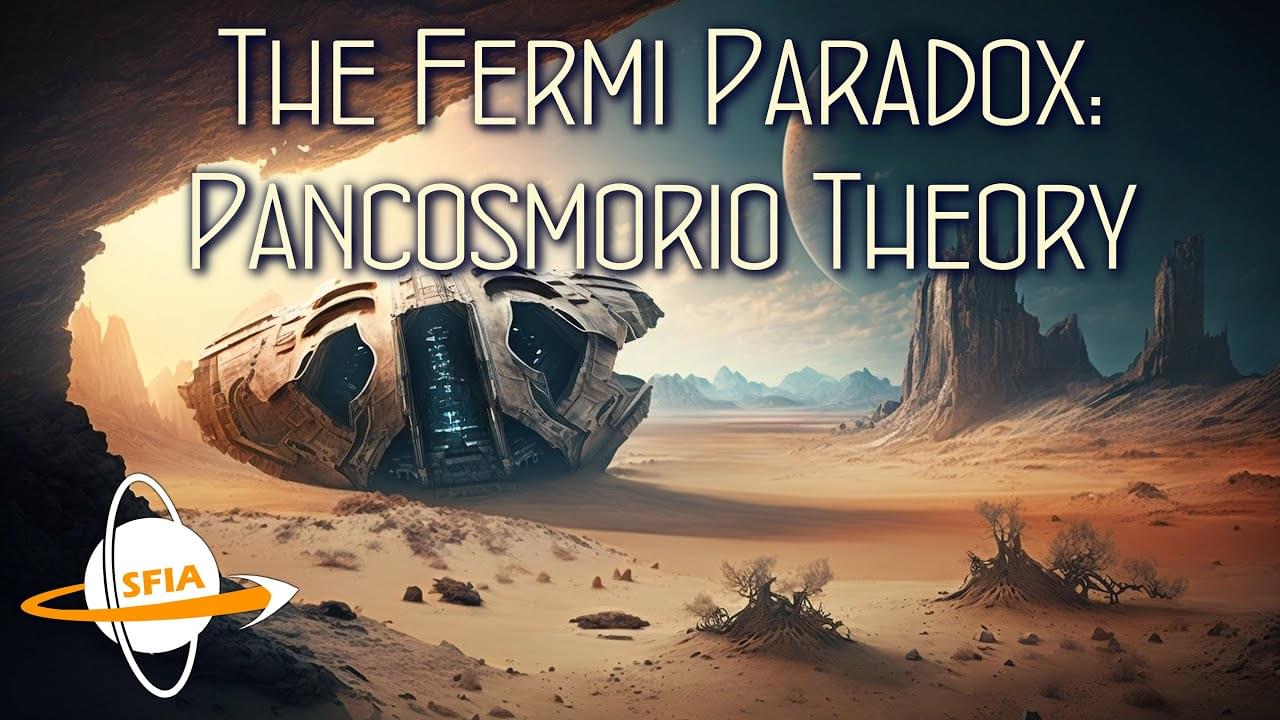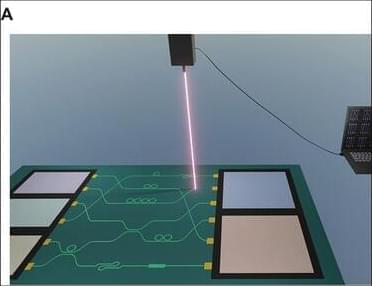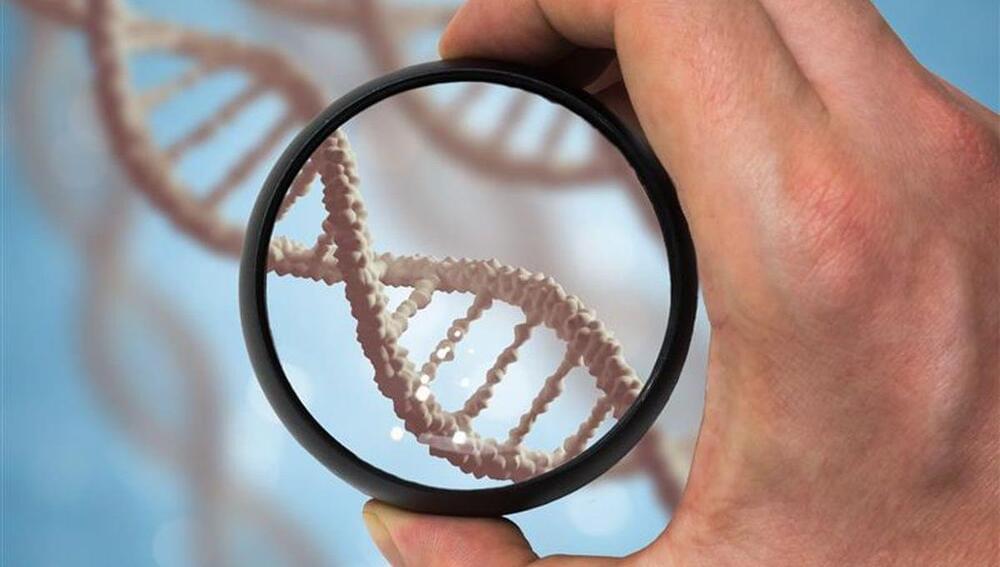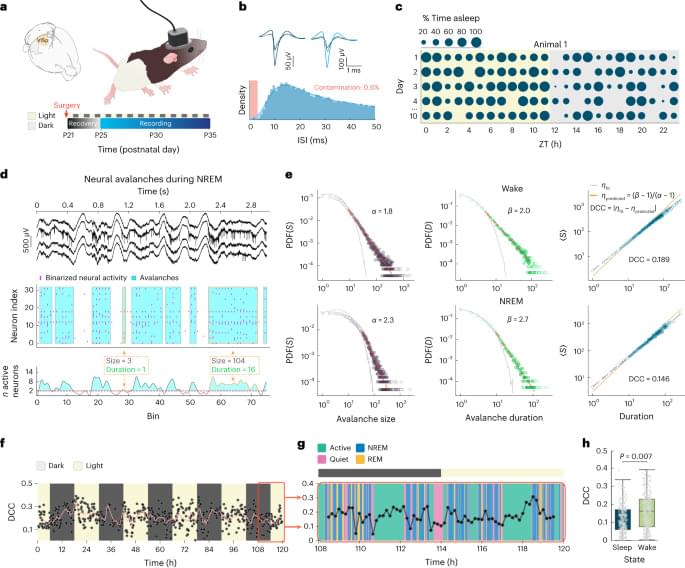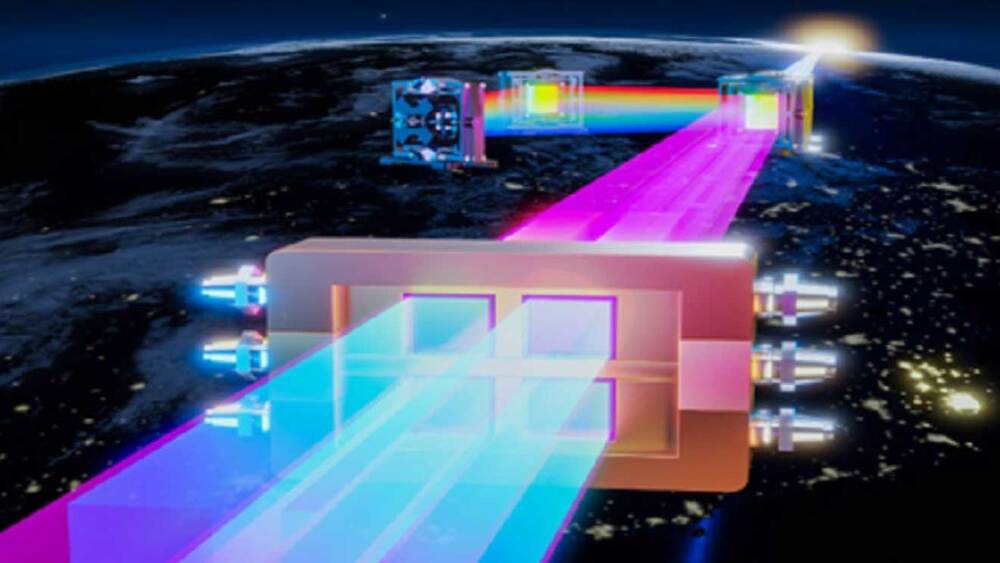
Researchers from the Helmholtz-Zentrum Dresden-Rossendorf and Dresden University of Technology have unraveled the water adsorption mechanism in certain microporous materials—so-called hierarchical metal-organic frameworks (MOFs)—while probing them on the atomic scale.
Discovered only about 25 years ago, their special properties quickly led to a reputation as “miracle materials”—which, as it turned out, can even harvest water from air. The researchers describe how the material achieves this in ACS Applied Materials & Interfaces.
“These very special materials are highly porous solids made of metals or metal-oxygen clusters which are connected in a modular way by pillars of organic chemicals. This 3D arrangement leads to networks of cavities reminiscent of the pores of a kitchen sponge. It is precisely these cavities that we are interested in,” says Dr. Ahmed Attallah of HZDR´s Institute of Radiation Physics.


